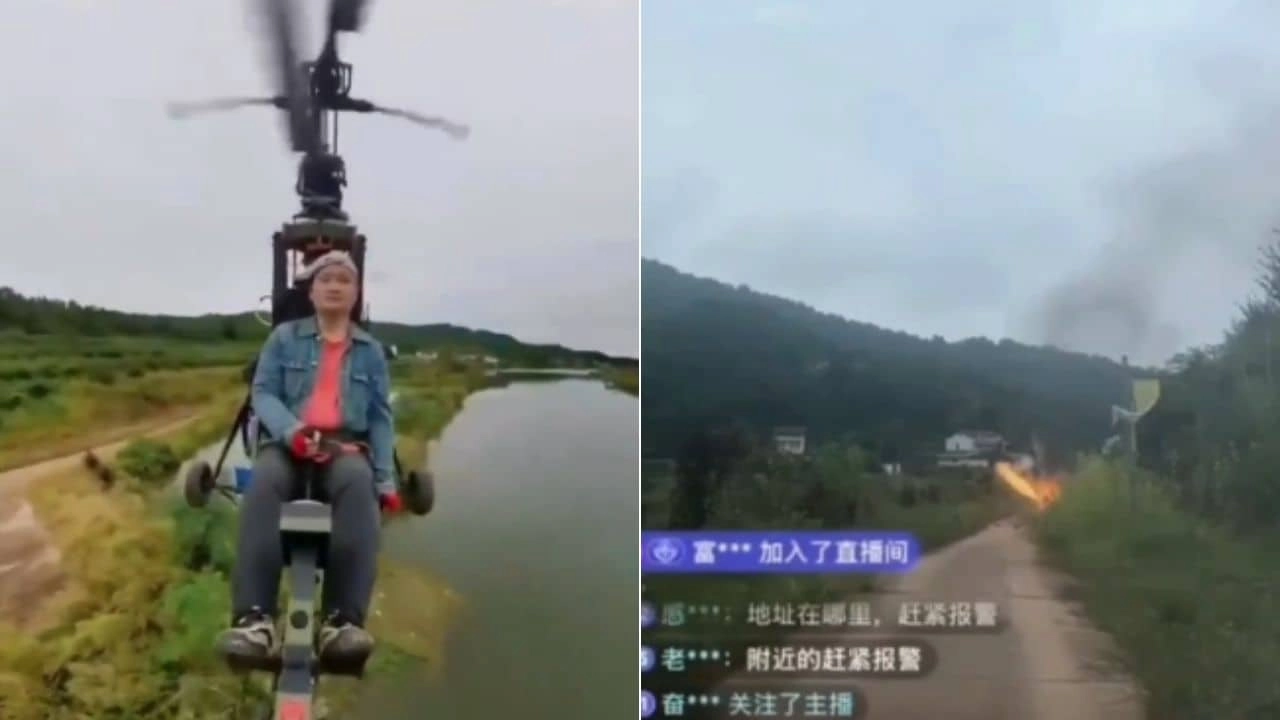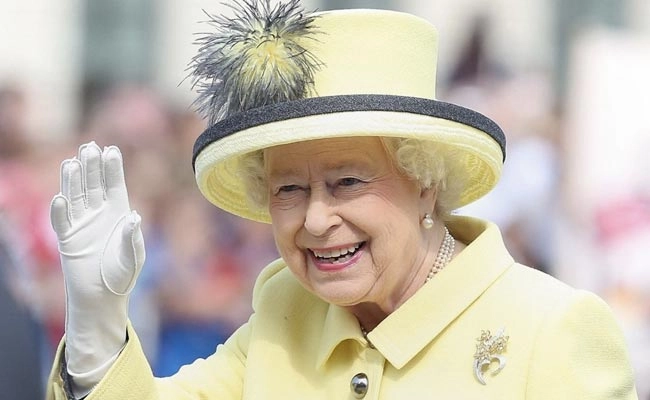As ceasefire talks unfold, the topic of prominent Palestinians incarcerated in Israeli jails has resurfaced, highlighting the complexities of the Israeli-Palestinian conflict. The situation in these prisons is emblematic of the broader political and social tensions that characterize the region. Many of the detainees are not only political prisoners but also key figures in Palestinian society, with their imprisonment often viewed as a symbol of resistance against Israeli occupation. The narratives surrounding these individuals vary widely, depending on perspectives from both the Israeli and Palestinian sides, each framing the prisoners’ stories through different lenses of justice and legality.
Among the most notable figures in Israeli jails are individuals who have become symbols of the Palestinian struggle for self-determination. Their cases often attract international attention, drawing in human rights organizations and activists advocating for their release. These prisoners frequently endure harsh conditions and lengthy sentences, which critics argue are disproportionate and politically motivated. The emotional and psychological toll on their families and communities cannot be overstated; loved ones of these prisoners often face their own struggles, including social ostracism and economic hardship. The plight of these prisoners adds a layer of urgency to the ongoing ceasefire discussions, as their fates are intricately linked to the broader peace process.
As ceasefire negotiations progress, the issue of prisoner releases is often a contentious topic. For many Palestinians, the release of political prisoners is a non-negotiable demand, seen as a vital step toward achieving justice and reconciliation. Conversely, Israeli officials often cite security concerns and the threat of recidivism as reasons for maintaining the status quo regarding these detainees. This schism in perspectives complicates peace efforts, as each side grapples with its own narrative and historical grievances. The continued incarceration of prominent Palestinian figures serves as a reminder of the deep divisions that persist, even amid calls for dialogue and resolution.
Understanding the significance of these prisoners within the context of ceasefire talks is essential for any meaningful discourse on peace in the region. Their stories reveal not just individual struggles but also the collective memory of a people enduring decades of conflict. The international community watches closely, as the treatment of these prisoners and their potential release could serve as a barometer for the sincerity of the ceasefire negotiations. Ultimately, addressing the complex realities of imprisonment within the broader framework of the Israeli-Palestinian conflict may pave the way for a more sustainable peace, one that acknowledges the humanity and rights of all involved.




